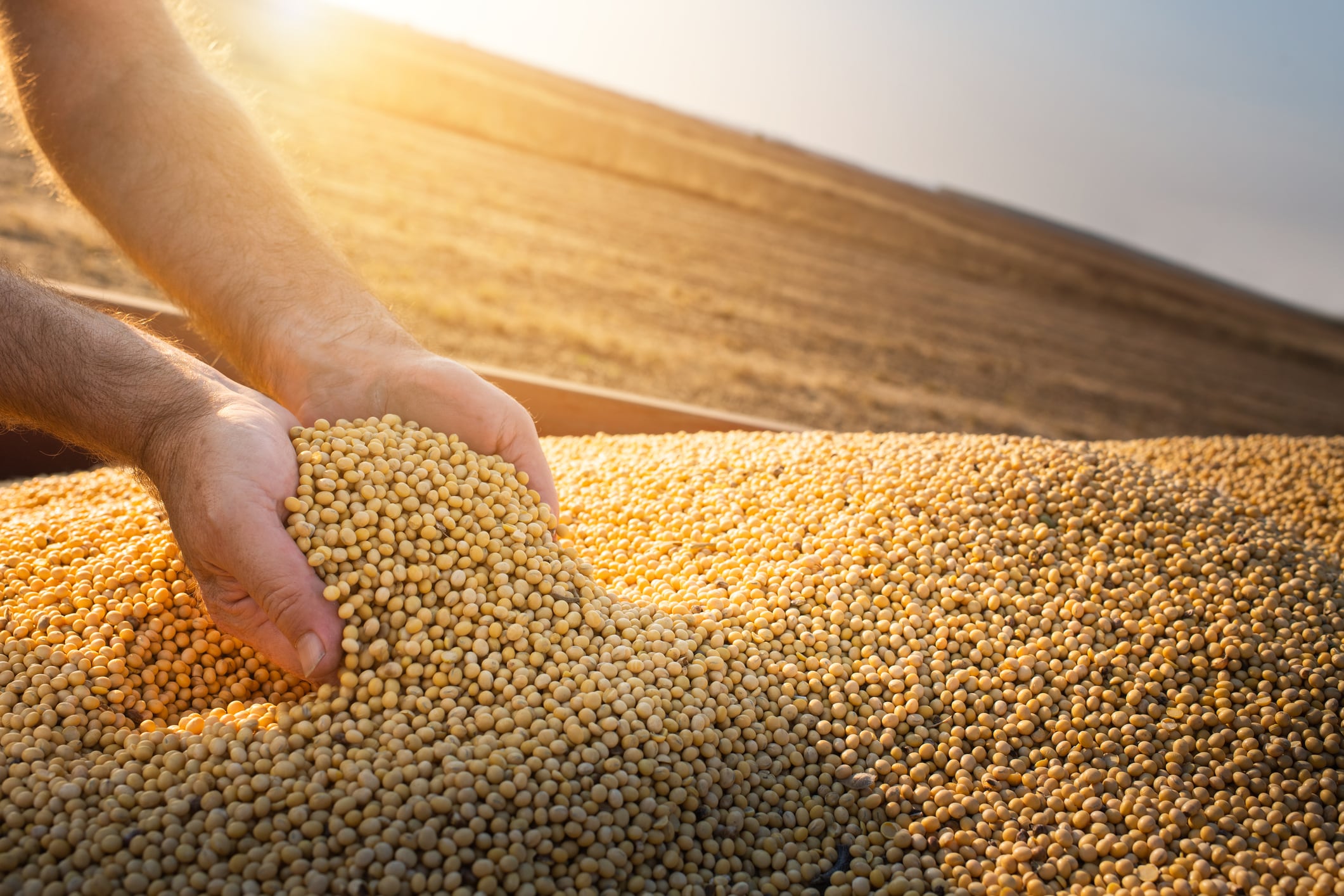
Unsustainable soy may soon arrive in Europe
Quick bitesThe Amazon Soy Moratorium could soon be scrapped This will remove key environmental safeguards on soy grown in BrazilIt could mean more deforestation-linked soy entering EuropeAlthough the EU grows some soy, it is mostly reliant on imports from Brazil and the USThe Amazon Soy Moratorium is in danger of collapsing. The removal of legal incentives at state level in Brazil has caused some to speculate that the moratorium could be nearing its end.
This would be catastrophic for deforestation. Unlike the EUDR, which only covers soy imported into Europe, the moratorium affects any producer sourcing from the Brazilian Amazon. Around 40% of the world’s soy is grown in Brazil.
If the moratorium were scrapped – and many speculate that it might be – what could this mean for Europe?
What is the Amazon Soy Moratorium? The Amazon Soy Moratorium is a voluntary agreement through which buyers of soybean in Brazil pledge to avoid purchasing any linked to deforestation after 2008. It has seen significant success in reducing deforestation in Brazil.
How could the scrapping of the Amazon Soy Moratorium affect Europe?The EUDR is only months away. Once it comes into force, soy, along with other products linked to deforestation, will be heavily regulated before entering the EU.
However, if the Amazon Soy Moratorium is scrapped before this, a small amount of unsustainable soy could enter Europe.
Around 250,000 hectares of deforestation-linked soy may enter the market if the moratorium is scrapped, predicts Aurélie Tournan MSc, executive director of the organisation Donau Soja. However, this is only a small fraction of the total soy in the world, meaning that the effect on global soy prices will be “minimal”.
Nevertheless, before the EUDR comes into effect, there is nothing, in theory, to stop this deforestation-linked soy entering the EU market.
Also read → Could the Amazon Soy Moratorium collapse?Getting rid of the moratorium would have consequences beyond simply making it more likely for soy linked to deforestation to enter Europe, suggests Tournan.
“Scrapping the Amazon Soy Moratorium would damage the credibility of sustainability frameworks globally and further erode trust in the sector.”
On the flip-side, European-produced soy is often produced to a higher standard, and has less risk of being linked back to deforestation.
While Tournan is reluctant to speculate if the scrapping of the moratorium will increase demand for European soy, she does say that demand, due to sustainability drives, is already increasing.
Despite this homegrown soy, however, the EU still relies heavily on imports from Brazil, along with the US.
Will the EUDR fill the gap?In a word, no. On the one hand, the EUDR is a regulation, and non-compliance comes with significant penalties. The moratorium, on the other hand, is a voluntary agreement.
Perhaps more significantly, however, the EUDR does not have the scope that the moratorium has. It has a later cut-off date at which commodities can be linked to deforestation (2008 vs 2020) and only affects products imported into Europe.
Therefore, it may protect the European market from deforestation even more robustly, but it does not have the global reach that the moratorium has.
“The EUDR will help exclude deforestation-linked soya from the EU market and strengthen demand for certified and regional production. However, it cannot replace the broader deterrent effect of the Amazon Soy Moratorium on deforestation across all markets,” says Tournan.
“Consequently, unless the EU’s sustainability standards are adopted more broadly by other regions in the medium term, global price pressures and deforestation risks will persist.”
She predicts that a rollback of the moratorium could encourage further deforestation, as it would send the message that “environmental protections are negotiable”.











